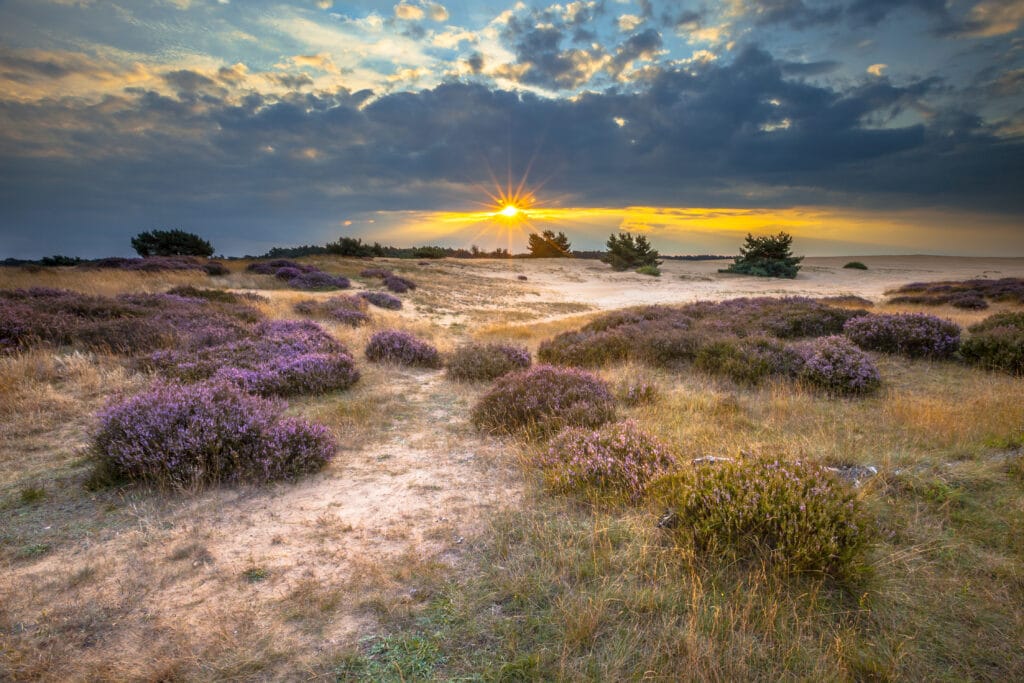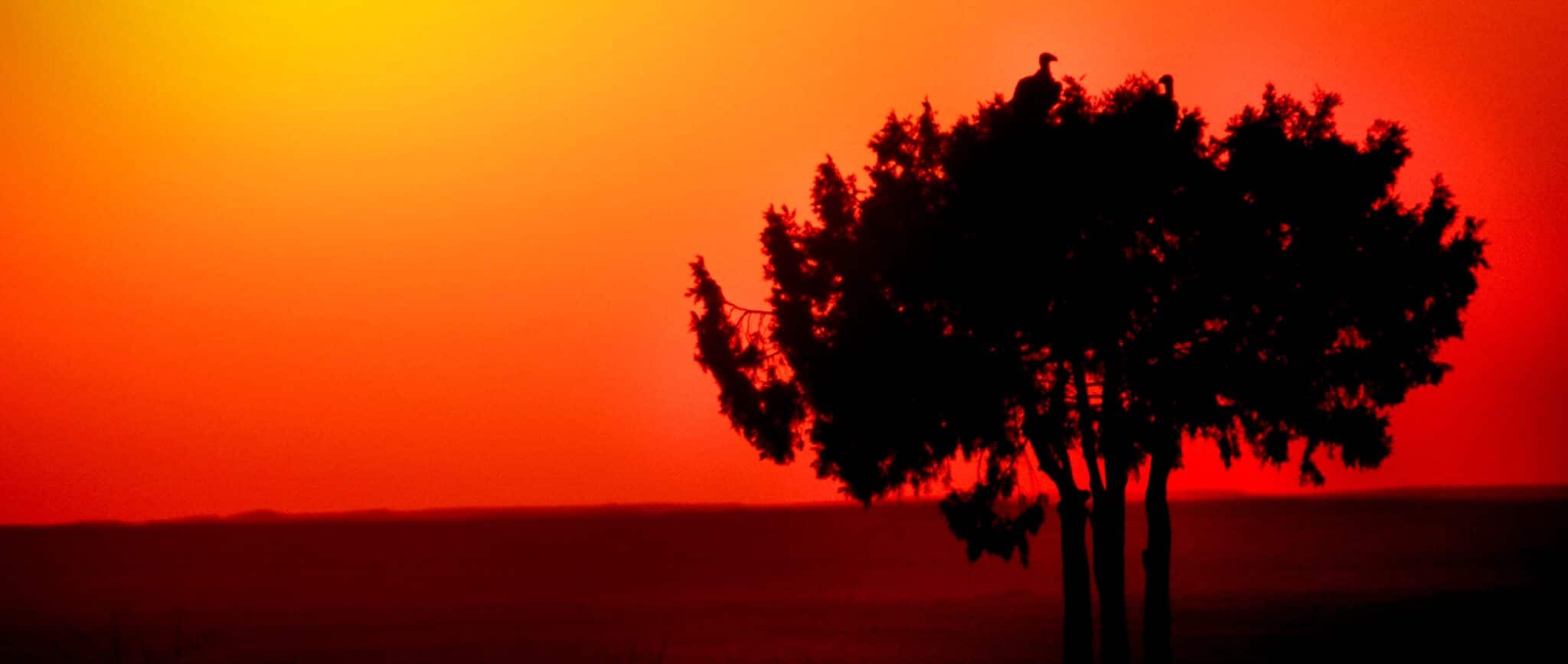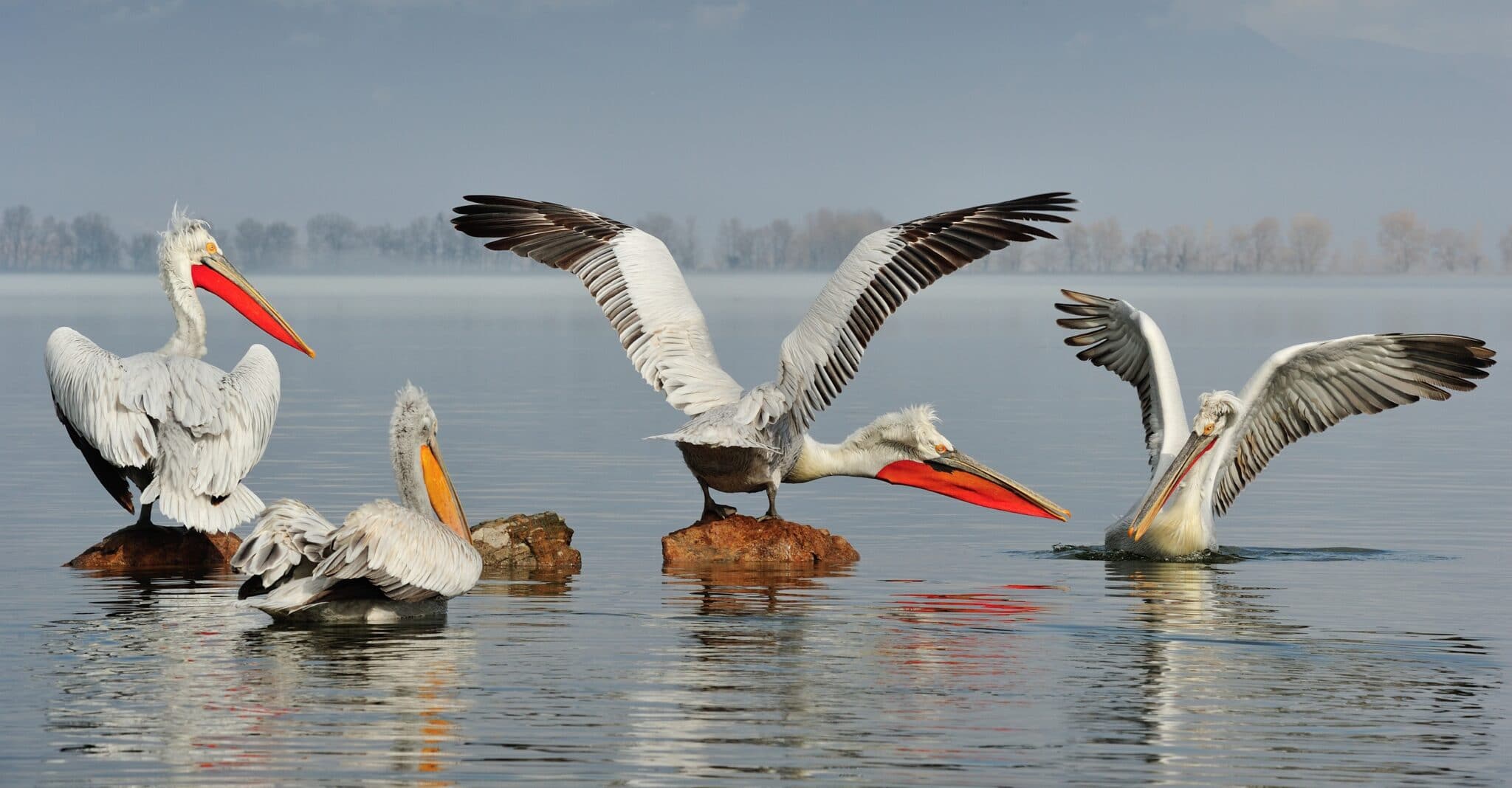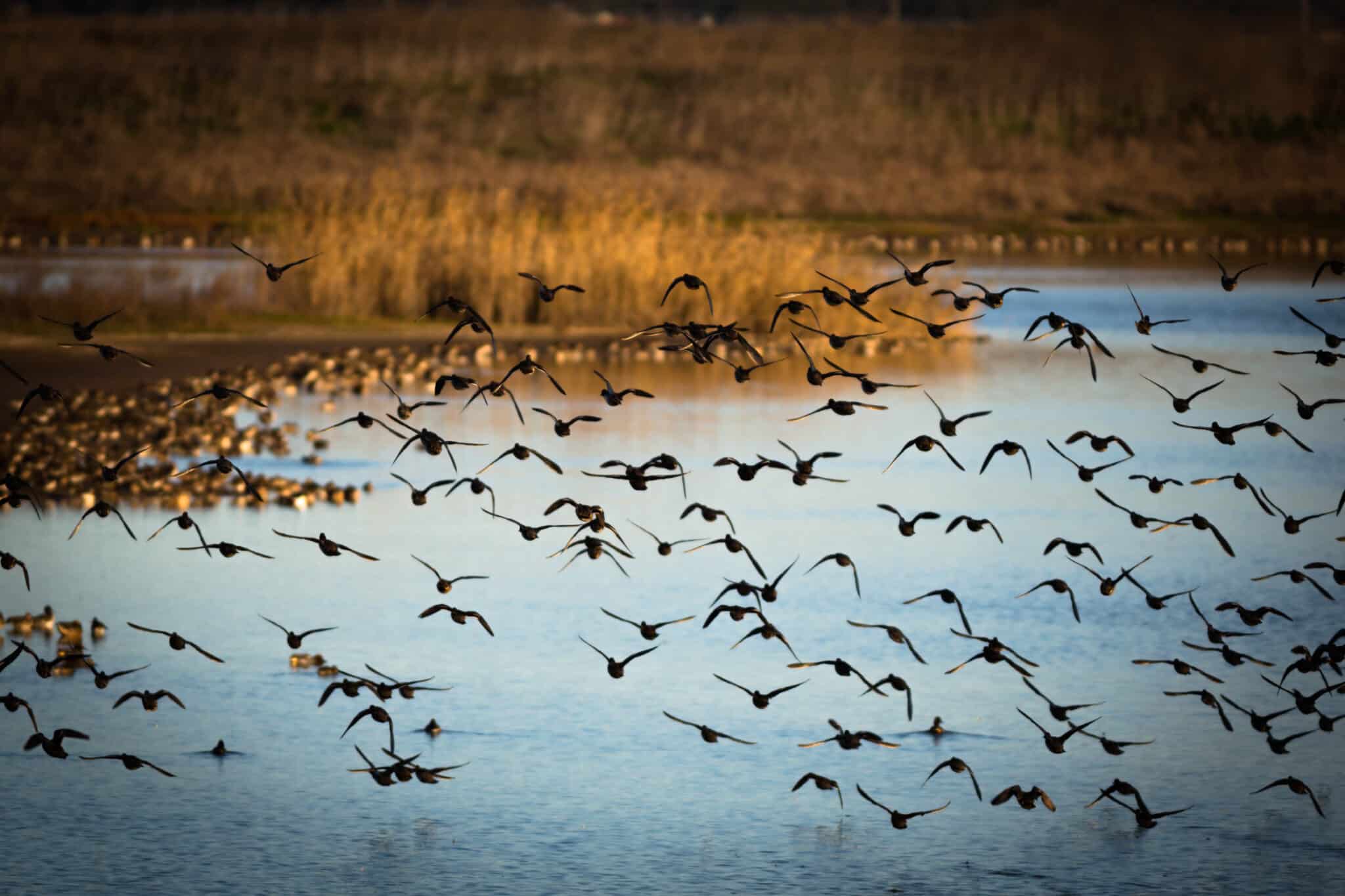Natura 2000: 30 years of saving nature

We look back at the planet’s boldest attempt to date to contrast the biodiversity crisis.
By Ariel Brunner
The EU has had some spectacular success over the years, most notably bringing peace and stability to a war-ravaged continent. It has also accumulated a few shameful failures, such as its grotesque Common Agriculture Policy that keeps handing out welfare to the rich and subsidies to polluting. High up at the top of its success stories list, is the Natura 2000 network that will officially mark its 30-year anniversary in May. This is one of the biggest and most coherent networks of protected areas in the world and the planet’s boldest attempt to date to contrast the biodiversity crisis.
Most of the world’s protected areas network, including European countries national parks and reserves, is the product of a long process of piecemeal construction and often heavily favour “unproductive” land, such as glaciers, high mountains deserts, and so on. It is politically easy to protect land that nobody is making much money out of. But it’s a lot more difficult to hold back ecologically destructive, but highly profitable activities such as building hotels on Mediterranean beaches, logging mature timber full forests, or converting freshwater wetlands into prime farmland. This is precisely what Natura 2000 has been attempting to do.
Created by the 1992 EU Habitats Directive and incorporating the Special Protection Areas mandated by the earlier Birds Directive, it was built, at least in principle, on a scientific basis. Areas were set to conserve key species and habitats on the basis of where they are, rather than on where they don’t get in the way of “development”. A serious attempt has also been made to make the network representative and coherent. Politics have of course interfered, and lobbyists have lobbied. Most scientists have some concerns over the end result. But there is no doubt that the result is impressive.
Natura 2000 has brought protection to entire sets of habitats that were completely unprotected before. It has also revolutionised the way protected areas are managed all around Europe with continental-level conservation priorities taking precedent over considerations on the charisma of species, perceived aesthetics of habitats or traditions of land management.
BirdLife Europe has been there from the very beginning and is the one NGO that has never, ever taken its eyes off the ball. Our IBAs inventories have been the basis for the designation of a good part of the network. Our complaints to the European Commission have unblocked designations and forced reluctant governments to implement actual protection. The hundreds of LIFE projects we’ve been involved in have transformed and regenerated sites. Our education and outreach have made millions of citizens aware and engaged with the network. Our studies have guided management choices. With the landmark #NatureAlert campaign, we gathered a big coalition to defend Natura 2000 from the deregulation drive of the Juncker era. Today we’re at the forefront of the fight for a strong EU Nature Restoration Law to make Natura 2000 more ecologically resilient, better connected, and more coherent, and eventually tip the balance from protecting what’s left to bringing back what has been lost.
While we raise a toast to one of the best ideas Europe has ever had, we look forward to the hard work awaiting us in the next 30 years to protect and strengthen the planet and its inhabitants.
Image credits: Rudmer Zwerver/Shutterstock.com
You might also be interested in:
 | Stichting BirdLife Europe gratefully acknowledges financial support from the European Commission. All content and opinions expressed on these pages are solely those of Stichting BirdLife Europe. The European Commission is not responsible for any use that may be made of the information it contains. |









